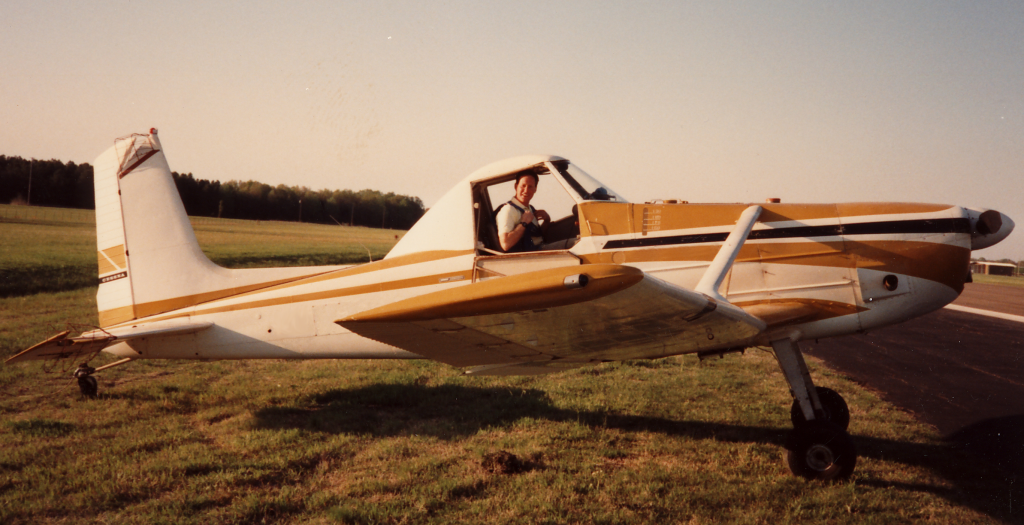Recently my friend Bill Weber, an aerobatic pilot and flight instructor, took me up for some spin training in my Cessna 172. I will post a more detailed post at some point on spins, but in the meantime, the video below of my lesson will give you at an indication of how dramatic spins can be, with large losses in altitude even with prompt recovery control inputs. In the video, Bill first demonstrates a spin to the left and then to the right. My job as the student was to talk him through the maneuver. On the first attempt, I was too panicked flustered to get my words out. At one point you may hear me utter “Wow!” Bill was kind enough to recover the aircraft anyway. Thank you, Bill. For the last two spins, I was at the controls.
The thing that is hard to discern in the video is the relatively high g-loads in the pull up. Spins are only approved in a Cessna 172N when the weight is low enough — and the center of gravity far enough forward — to allow the aircraft to be operated in the utility category, in which case the aircraft can safely sustain a limit load of up to 4.4g. Below a critical airspeed, called the maneuvering speed and denoted by ![]() , the aircraft wings will stall before the limit load is reached, protecting the aircraft from catastrophic failure. For the weight we were operating at (2000 lb), the maneuvering speed would be
, the aircraft wings will stall before the limit load is reached, protecting the aircraft from catastrophic failure. For the weight we were operating at (2000 lb), the maneuvering speed would be
(1) ![]()
Above maneuvering speed, however, one can exceed the limit load and potentially destroy the aircraft. (There is, in principle, an additional factor of safety of 50% before the so-called ultimate load is reached.) Because the latter part of the recovery puts the aircraft in a near vertical position, and because the aircraft is aerodynamically clean, speed can build rapidly past maneuvering speed, and one must exercise extreme caution not to exceed the limit load in the pull up.
You will note that in the four spins in the video — watch the altimeter — we lost between 500 to 1000 feet of altitude. This is one reason inadvertent spins are so dangerous; inadvertent spins usually happen at low altitudes while landing or taking off, with too little altitude available for a safe recovery.
Look for a more complete blog on spins in the near future. In the meantime, see this interesting guest blog post by Bill Weber on his experience with an inadvertent spin in a Cessna 188 AGwagon.

